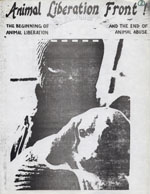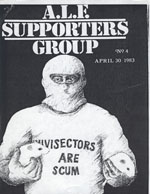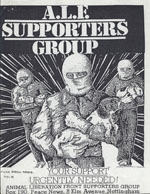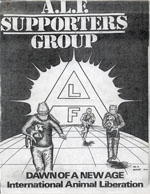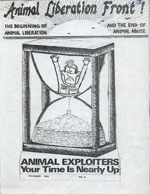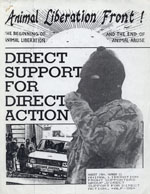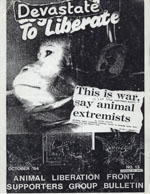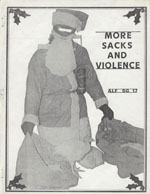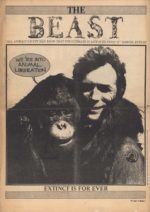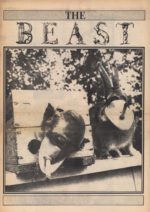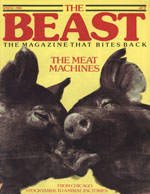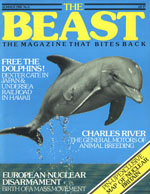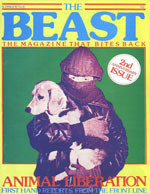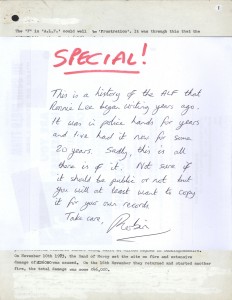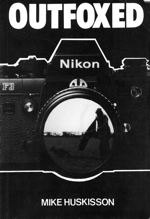The organization’s newsletter, affectionately called, “The SG,” contains historical details of the early days of the ALF you won’t find anywhere else. Between sometimes amazing, sometimes amateurish covers, the writing quality varies broadly. At its best it is charming and at its worst it is cultish. Any which way, it was trailblazing- and nowadays, rare! This collection was a tough one to obtain.
The SG has gone through several incarnations since British Law enforcement shut this one down in 1986. (While carrying out the investigation for the notorious Sheffield trial that sent Ronnie Lee to prison for 10 years, the police raided the SG and charged its editors with incitement. Everything published by the SG afterwards had to be run past a lawyer first, but this didn’t stop further raids, arrests, and convictions of those involved in the newsletter.) It is still being published today, copies can be ordered from www.alfsg.org.uk.


